World Artists and their Story, 33 - Auke de Vries
World Artists and their Story, 33 – Auke de Vries
In The Hague there are some ten sculptures of Auke de Vries in public space. In front of the Ministry of Foreign Affairs there is the light green ‘shot-down helicopter’, behind the Station Hollands Spoor, is the swaying serpentine hose and in the inner city, as part of The Hague’s sculptures gallery, there is the ‘De Vries’ Pedestal’.
Recently I was at a lecture by Auke de Vries about his work at The New Institute in Rotterdam, formerly the Dutch Architecture Institute, where Adri Duijvestein once was director. In front of that institute there is also a work of De Vries, in the pond, a long line with different elements, in and above the water.
Keep Size
From the audience the question arose how this work came about. Auke de Vries: “When the Architecture Institute was not yet there, the entire area was not articulated. I had an idea in my mind: a line that connects. But how to do that? That was also the question for me. It was important to achieve a balance between the high and low sections. While working you see slowly what direction it should go. There are always things that determine the size. But, I have to say, I am always amazed at the result.”
The same was true of the ‘shot-down helicopter’ at the Ministry of Foreign Affairs. “Also that building was under construction. How would the building look like? That was important for me and this also influenced the work. The size of the building and my work had to be in proportion. There had to be an alphabet as it were.”
Order
Size and scale are important concepts for De Vries, we learned. “Man has a hand, more exactly two hands. The hand is quantitative, it limits. If there is no limit, there is no size. I was nine years old when I saw the sea for the first time as a boy from the Frisian countryside. The shock was out of order. Space is not neutral, I began to realize, but loaded with meanings. How much space is in yourself? There is a boundary that you encounter at a certain moment.”
Scale orders. “Scale is in us. How do we deal with infinite space? The surrealists created endless spaces in their landscapes. When it comes to art in public space, scale and ordering is important. Much art is not suitable for public space, public space implies communication.”
A cathedral has to scale. The canals and bridges of Amsterdam too. “The Champs-Elysees are beautiful in scale as well as the square of Siena, where the town hall concludes the valley in an exemplary manner.” Space has properties, according to De Vries and repetition of elements in a space gives measure. “We can not do without classification. Scale and size are unknowingly anchored in us.”
Tower of Babel
He shows pictures of the Tuileries in Paris with very well-fitting 18th-century statues of mythological figures and symbols of the seasons on high pedestals. In 1964, Andre Malraux, writer and later Minister of Culture added Maillol’s sculptures, on lower shelves. “That was in no relation to the existing sculptures. Something went wrong with the scale.”
He shows a slide of the painting The Tower of Babel, of Brueghel, which can be seen in the Museum Boijmans van Beuningen. “Scale says everything about things, and about people and things. The Tower of Babel shows how it can go wrong if the relationships are lost. The tower was getting higher and the supply of equipment was getting longer. It was decided to climb in two stages. At a certain moment the scaffolding, of wood, was set on fire. By creating something mateless, one worked at the very destruction of the work. There was also no common language, the ‘Babylonian speech confusion’ contributed to the chaos. A common language appears to be necessary to survive.”
World famous
The works of Auke de Vries are often abstract, but also refer to reality. You can see forms of nature and architectural forms such as birdhouses and treehouses. There is speed, intuition and dynamics in De Vries’s sculptures. This also appears to be related to the vast Frisian landscape of De Vries’ youth. “That endless space can not be defined because what does a step matter, or two steps? Space remains big and man remains small.”
He works on a table in the attic in the Hague Sea Heroes (Zeehelden) neighborhood. “I make a minimized big sculpture.” When the sculpture is magnified, he will search for the right proportions again. He makes those larger statues, about twice the human size, in an atelier in Kijkduin.
If it becomes a sculpture for public space, it will – usually – be even bigger. The implementation is carried out by specialized companies, under the direction of De Vries. He also closely monitors the on-site installation. Meanwhile, he has become world famous. A few years ago he already had over 1000 sculptures in his oeuvre and the number is still growing. Besides in the Netherlands there is work of De Vries in Germany, England, France, Spain, South Africa and Thailand.
The Maas sculpture
One of his most famous sculptures is in Rotterdam, the Maas sculpture of 1982. The 200 meter long sculpture floats above the northern bank of the Maas / Meuse and consists of abstract shapes connected by a linear curl. The mutual parts of the sculpture move relative to each other under the influence of wind and tides.
De Vries: “Before the sculpture was there, I have continually measured the area. The cables had to be both tight, and be able to hang down so that the work could move with the movement of the water. Twice a day the water rises and drops, which moves the sculpture. It was important that the sculpture continued to intrigue, and that happened in this way. The big ring in the sculpture has a diameter of four meters. The sculpture is not fixed, at the end a counterweight keeps it in balance, that happens at any time. ”
Serpent
Above the roof of the Daimler building on the Potsdamer Platz in Berlin is the work Landed (2002). “The roof is by Renzo Piano. My sculpture is balanced, it fits the environment, it’s no longer my sculpture but that of the city.” In the German town of Ludwigsburg he made a 21 meter sculpture with a snake in it.
“The entire pattern at Ludwigsburg was straightforward. I had to find something to break through that. Then I came up with the idea of processing a serpent into my work. In the village of Cocullo, Italy, one of the oldest festivals of the country is celebrated, ‘La festa dei Serpari’. The serpent was a kind of forest god before Christian times. During the procession, the sculpture of San Domenico, the saint that protects you from snake bites, is carried through the village. Children have snakes around their neck and in their hands. When I had made the sculpture, there was an initial fear of the snake in Ludwigsburg, but just through the snake, the sculpture could have nestled in its surroundings over the years.”
The Temple
For the Floriade of 2002 he made in the Haarlemmermeer The Temple. In a space temple on a 30-meter pyramid he placed a free-hanging object with a large copper platter that could be moved by the wind. On the inside of the platter was a painting of the universe. In this way he wanted to let the visitors experience the space. In the pedestal of the work there was a room in which one could hear the noise of bats. 15,000 visitors per day underwent the experience.
Over the past few months, Museum Beelden aan Zee in Scheveningen showed a beautiful overview of the ability of this almost 80-year-old, particularly fit-looking artist.
Images: 1) sculpture at the Ministry of Foreign Affairs, 2) scupture behind station Holland Spoor, 3) De Vries’ Pedestal, The Hague sculptures gallery, 4) sculpture at the New Institute, formerly Architecture Institute, 5) Maas / Meuse sculpture Rotterdam 6) and 7 Potsdamer Platz Berlin, 8) Ludwigsburg, 9) The Temple, Floriade Haarlemmermeer, 10) Auke de Vries
http://www.beeldenaanzee.nl/nl/
http://ifthenisnow.eu/nl/verhalen/de-wereld-van-de-haagse-kunstenaar-69-auke-de-vries
Disclaimer: The views, opinions and positions expressed within this guest article are those of the author Walter van Teeffelen alone and do not represent those of the Marbella Marbella website. The accuracy, completeness and validity of any statements made within this article are not guaranteed. We accept no liability for any errors, omissions or representations. The copyright of this content belongs to Walter van Teeffelen and any liability with regards to infringement of intellectual property rights remains with the author.

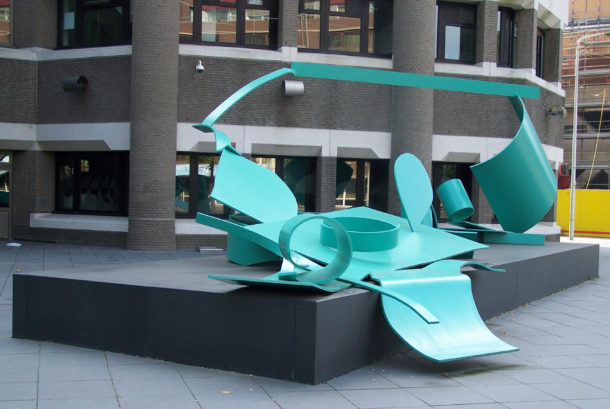
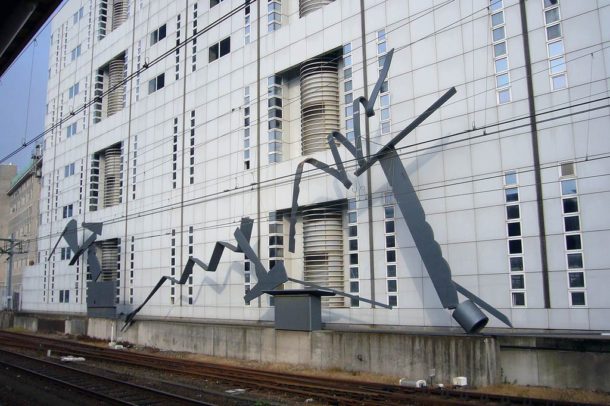
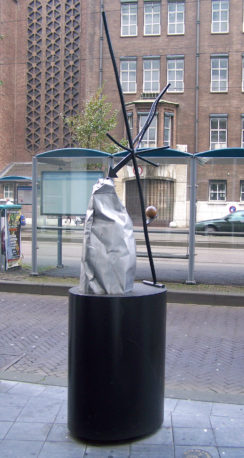
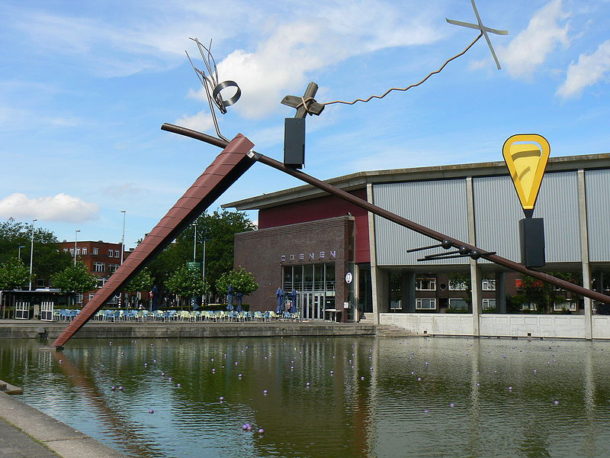
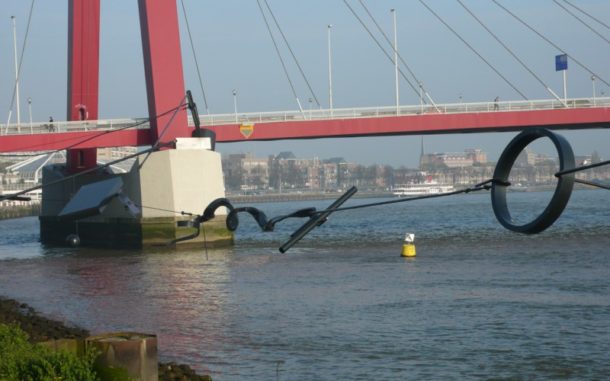
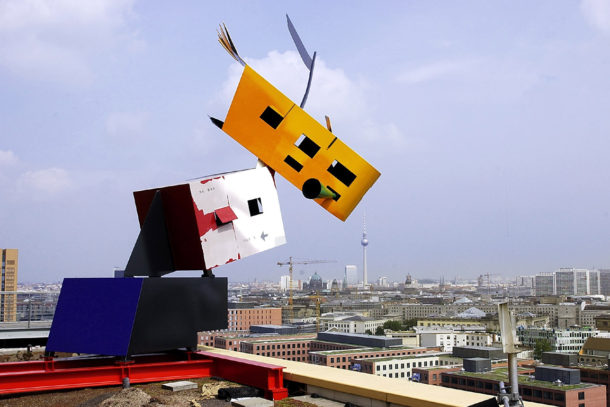
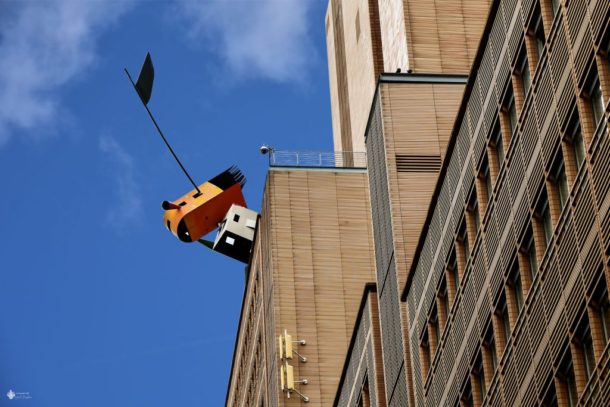
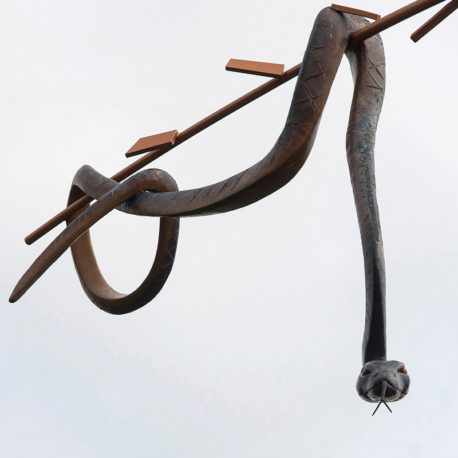
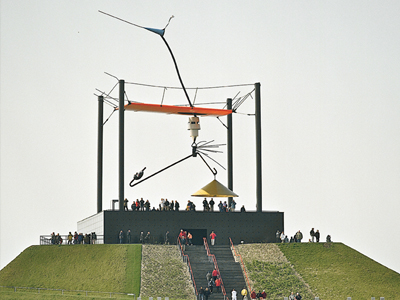
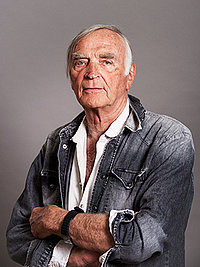














The opinions expressed by individual commentators and contributors do not necessarily constitute this website's position on the particular topic.